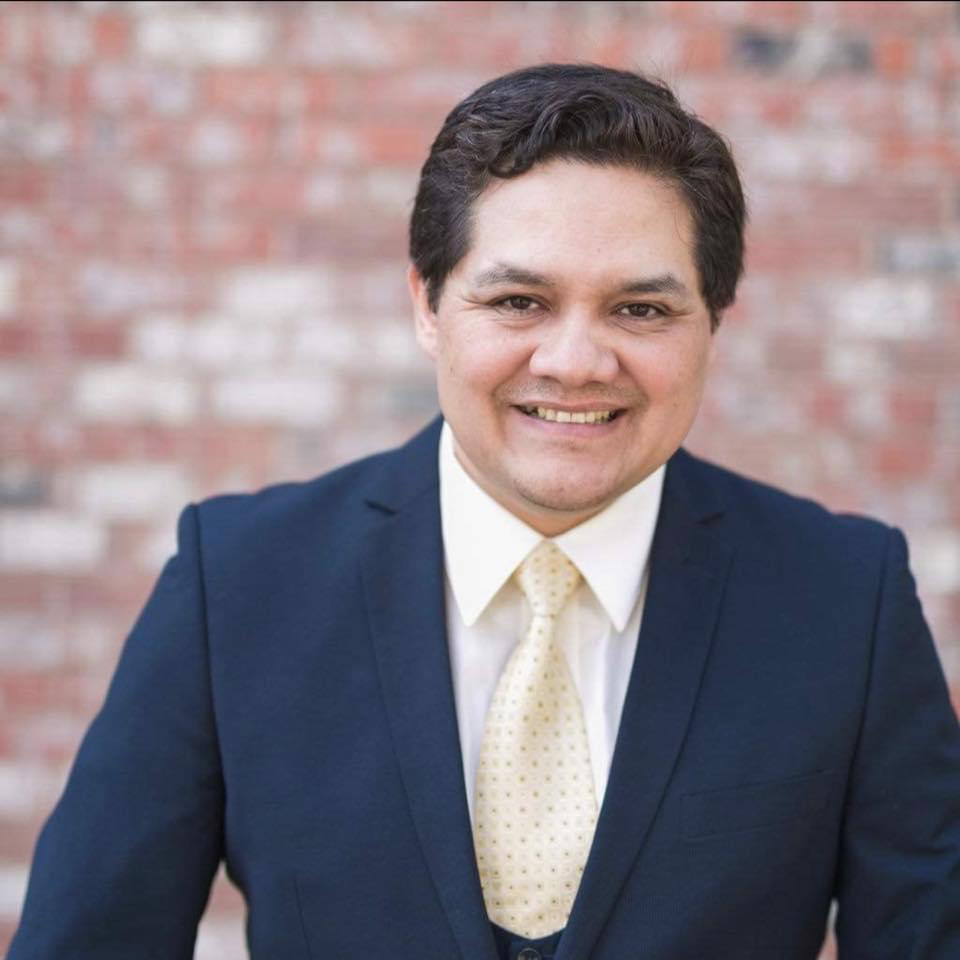Out of The Ashes
Hilltop neighborhood circa 1882 TPL Archives- BU-2219
The Forum building stands as a beautiful Baptist Church. If you’ve been to Johnsons Candy Co. (not in existence yet until 1925) you would recognize it by just walking out their front door, the new light rail track now divides the two and will soon be zipping by with passengers but both still stand strong.
Fires in 1910 destroyed several blocks just down the street, making its way to The Forum, inching closer to burning it to the ground. Archives mention this building was destroyed in that particular fire, however, photos of today show it still stands and operates as a Christian Center.
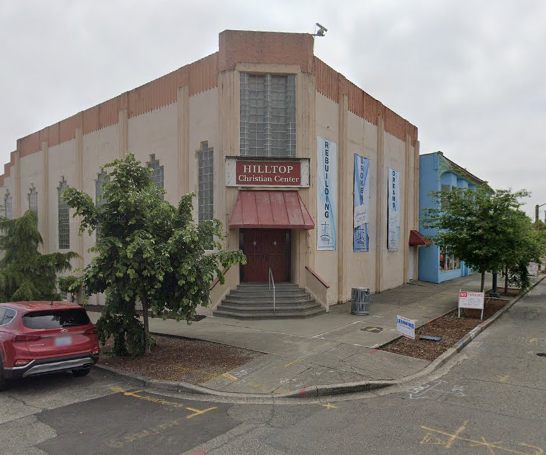
Towns back then were still being constructed, so gentrification wasn’t even a thought in the mind of business owners yet. Fires were a threat to businesses and homes in those days, as American towns grew into dense cities. One single fire could threaten the lives of thousands and they weren’t properly equipped. Dry summer days still worry Washington residents currently, but could you imagine it without hydrants, firefighters, and stations?
“In England, firefighters were organized and paid for by insurance companies which only responded to fires at addresses that were insured. But there were no major insurance companies operating in early America. The first homeowner’s insurance company wasn’t started until 1752 (by Benjamin Franklin) and didn’t become common until the 1800s. The first response of those communities was what would later be called a “bucket brigade.” Neighbors from all around the fire would run to help or at least toss their buckets into the street for volunteers to fill with water and pass forward to be dumped on the fire. Leather fire buckets were a ubiquitous part of urban life in 1800.“
-Smithsonian Magazine
These buckets were even decorated and sold by local artists and advertised as a service in newspapers until firefighters were more common.

Philanthropist David Bustill Bowser, an African-American artist, and his wife, Elizabeth, a seamstress, were recognized in those days for decorating the first firefighter hats in Philly. “An early 1800’s power couple” deemed by the National Museum of American History.

In the mid-1800s, David’s business flourished as he painted banners, uniforms, signs, and collaborated along with other organizations. Lizzie, his wife, would make decorative collars worn by officers of The Grand United Order of Odd Fellows, the largest black fraternal organization by the 1800s. They appreciated volunteer organizations like firefighters and fellow entrepreneurs, defining tradition in American life, and strongly promoted equality for all philanthropic endeavors. The Bowsers have quite a monumental mark on our history, you can read more about them here.
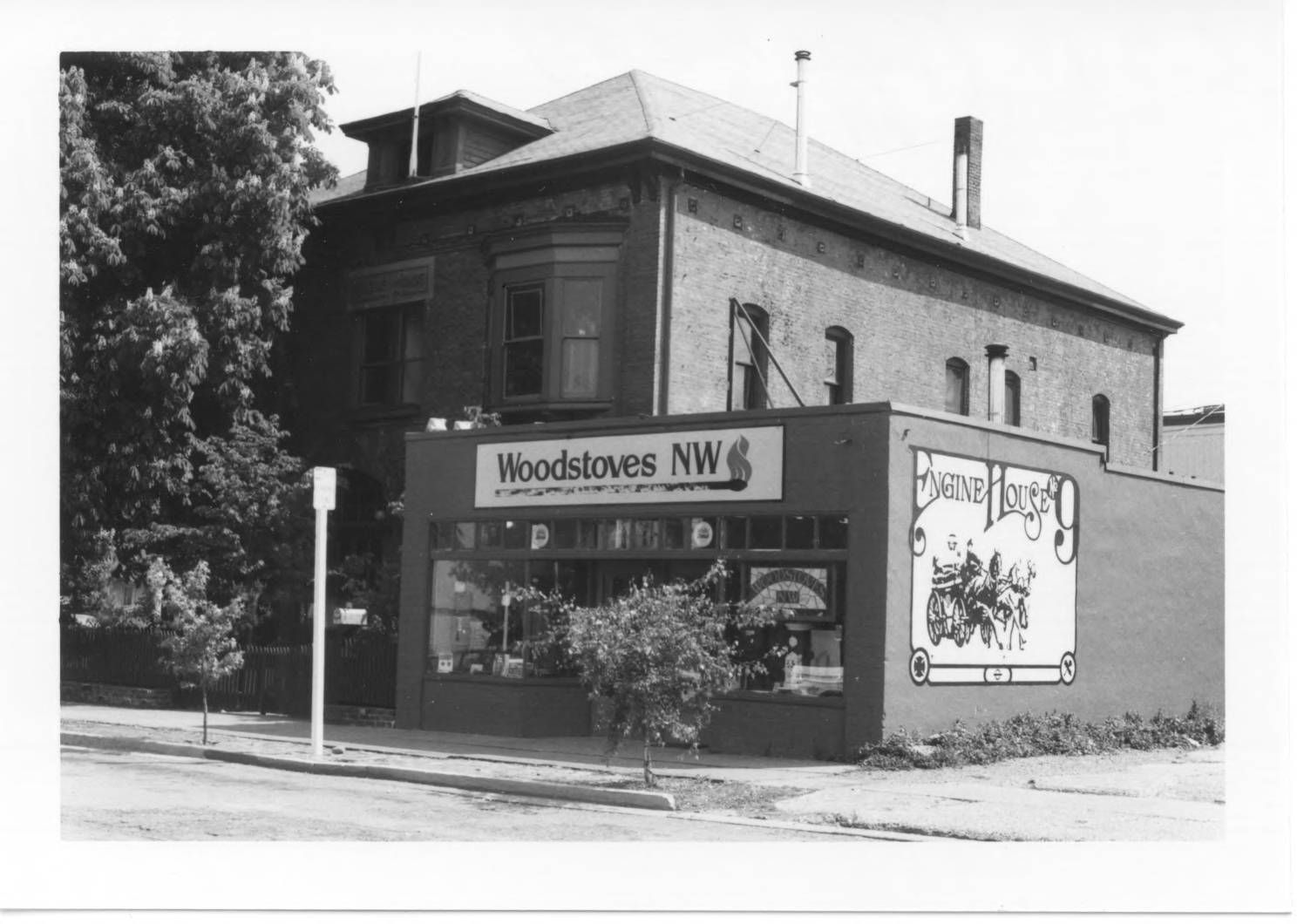
Photo from 1970 TPL BU-1055
Engine House 9, North Pine St. Tacoma, built in 1907, hosted horse-drawn fire equipment from 1908 until the first motorized equipment was bought in 1919. In the ’70s the firehouse itself even caught ablaze.

Photo via Engine House 9 website
The iconic old fire station was converted into a tavern and is still there to this day however announced taking a pause in 2020 due to Covid. Locals patiently await their return, including the writer of this post.
For those who are following along with what is going on in Seattle, the phrase “Don’t Seattle My Tacoma” is becoming a common term. As Vanishing Seattle of Instagram shows us, buildings just like these mentioned above in Tacoma, have already been sold to corporations and are planned for demo in the Emerald City. The removal of the viaduct has resulted in many of these historical structures in Pioneer Square, now “waterfront views” therefore appealing to developers for potential condominiums that will surely boast a hefty price tag.
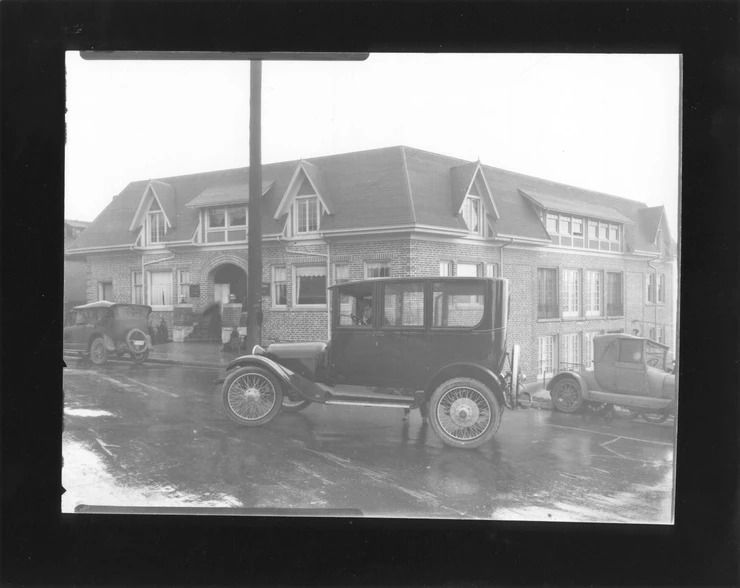
1919, Tacoma Stadium District, TPL BU-12669
December 1st, 1919 the Rich Clinic is open for business. As a driver peers out of the window, a camera takes a photo of the building on 1st N Broadway St, Tacoma WA on a typical Pacific Northwest rainy winter’s day. The beep of motor cars puttered through streets in the boom of a working-class society.
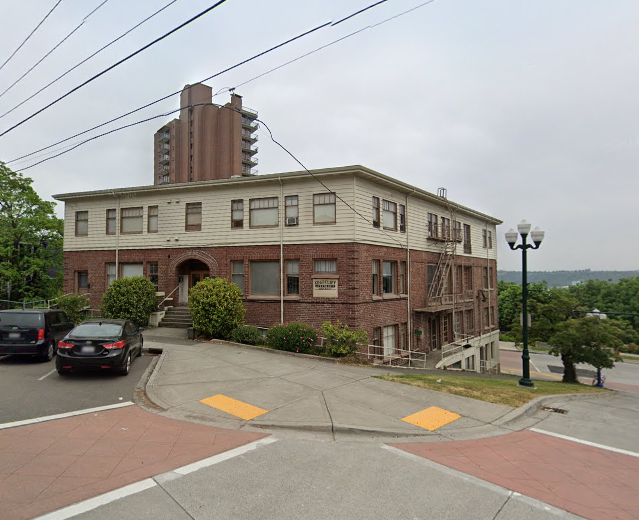
It now stands as a 30 unit apartment building known as the Edgecliff and has been added as a landmark to the Tacoma Historical Preservation by the City Council in 2010.
Preserving these buildings and the unique stories that make us who we are, not only maintains the character of each city but is a giant sense of relief to residents that constantly struggle against the many challenges small businesses face. All working together in an effort to save what made them love their city to begin with. Children grow up over the years, with flashbacks of running to the corner store to get a soda on a hot day, and parents can only hope that when they one day have a family of their own, these memories aren’t bulldozed over to an unrecognizable form. Another reason why when you see a historical building, whether it’s earthquakes, fires, bulldozers, or gentrification that it likely survived, it deserves major credit for still standing.
RESOURCES:
https://cdm17061.contentdm.oclc.org/digital/collection/p17061coll1
https://www.smithsonianmag.com/smithsonian-institution/early-19-century-firefighters-fought-fires-each-other-180960391/
https://commons.wikimedia.org/wiki/File:1864_battle_flag,_127th_Regiment_U.S._Colored_Troops_by_David_Bustill_Bowser.jpg
https://cms.cityoftacoma.org/planning/historic-preservation/walking-tours/mlk-walking-tour.pdf
https://en.wikipedia.org/wiki/Engine_House_No._9#:~:text=9%20in%20Tacoma%2C%20Washington%20is,equipment%20was%20bought%20in%201919.



Business Plan Training for Entrepreneurs in Gentrifying Neighborhoods
Business Plan Training for Entrepreneurs in Gentrifying Neighborhoods
Business Plan Training for Entrepreneurs in Gentrifying Neighborhoods
Copyright © 2023 Urban Business Support. All Rights Reserved. Managed & Designed by JLT Web Solutions. Our Privacy Policy.
Copyright © 2023 Urban Business Support. All Rights Reserved. Managed & Designed by JLT Web Solutions. Our Privacy Policy.
Copyright © 2023 Urban Business Support. All Rights Reserved. Managed & Designed by JLT Web Solutions. Our Privacy Policy.




